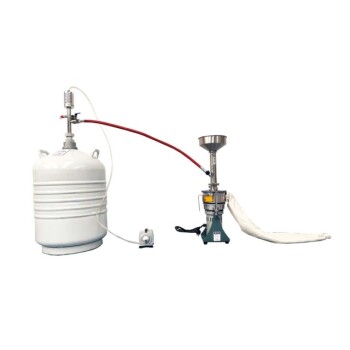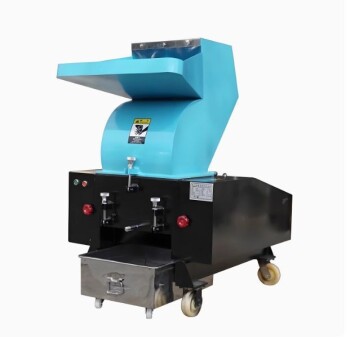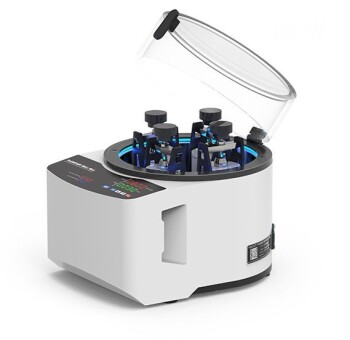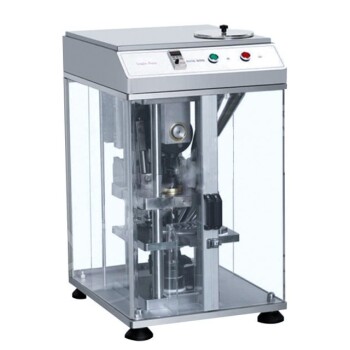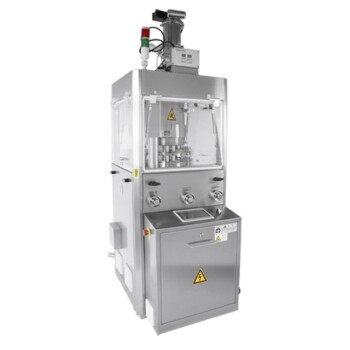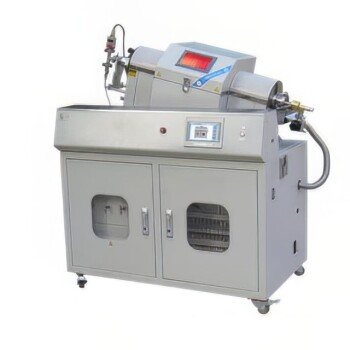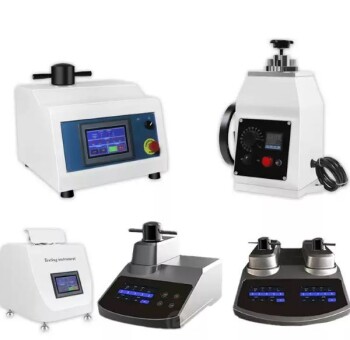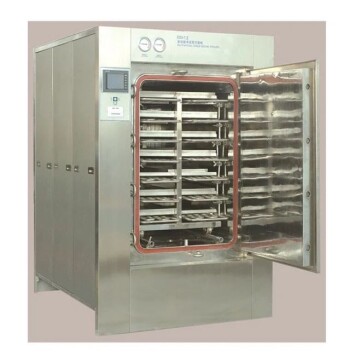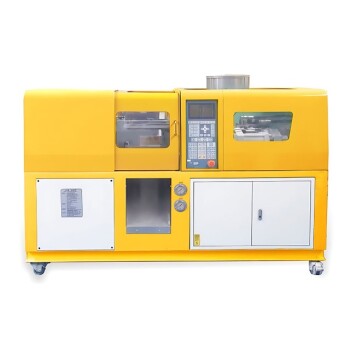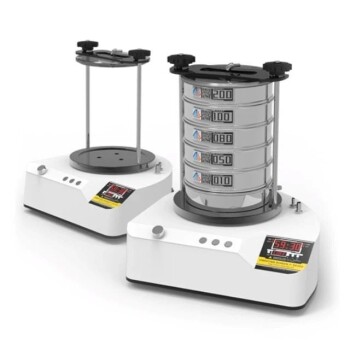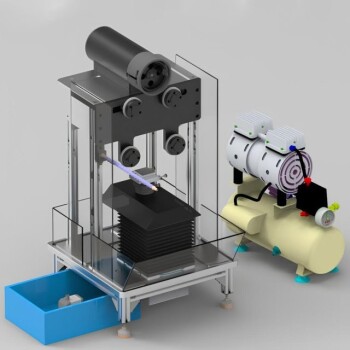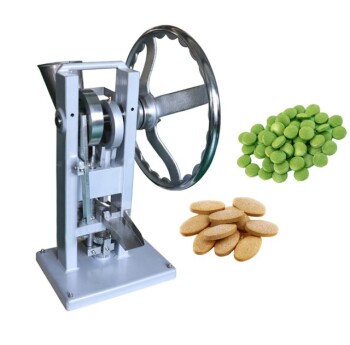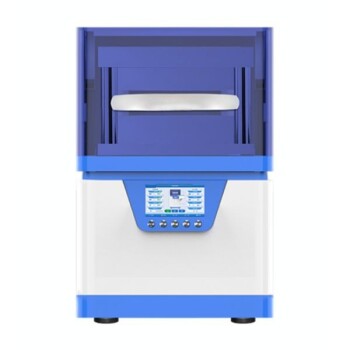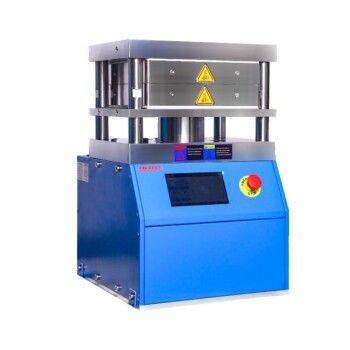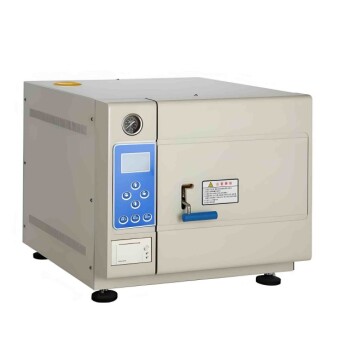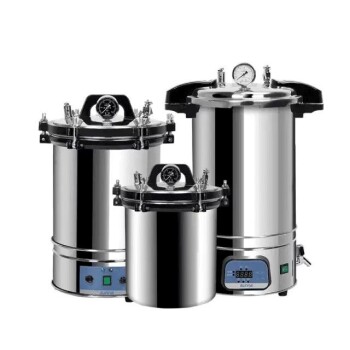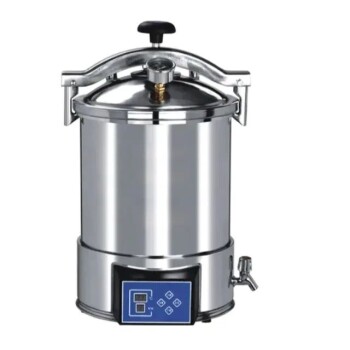General Characteristics of Dry Ultrafine Crushing
Benefits and Features
The dry ultrafine crushing process stands out for its streamlined production flow, which significantly reduces the need for additional equipment. Unlike traditional methods that require subsequent filtration, drying, and dewatering processes, dry ultrafine crushing minimizes these steps, resulting in a more straightforward and efficient operation. This simplification not only cuts down on the initial investment but also lowers ongoing operational costs.
Moreover, the ease of control in dry ultrafine crushing makes it accessible for a wide range of applications. The process is designed to be user-friendly, allowing for easy adjustments and monitoring. This simplicity extends to maintenance, where fewer components mean less frequent servicing and reduced downtime.
| Benefit | Description |
|---|---|
| Streamlined Process | Eliminates the need for subsequent filtration, drying, and dewatering equipment. |
| Lower Investment | Reduces initial capital expenditure due to fewer required components. |
| Operational Efficiency | Simplifies operation and control, leading to lower operational costs. |
| User-Friendly | Easy to adjust and monitor, making it suitable for various applications. |
| Reduced Maintenance | Fewer components mean less frequent servicing and lower downtime. |
These features collectively contribute to the widespread adoption of dry ultrafine crushing processes across various industries, making it a preferred method for achieving high-quality, ultrafine materials with minimal resource expenditure.
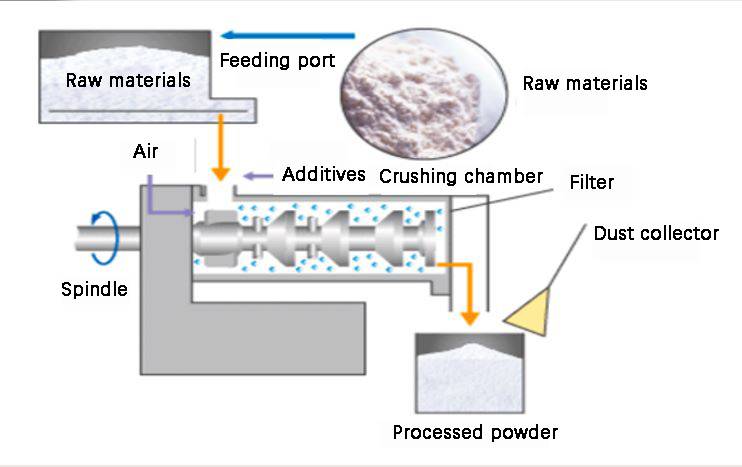
Specific Crushing Processes
Room Temperature Airflow Pulverization Process
The room temperature airflow pulverization process is a sophisticated method designed to achieve dry ultrafine crushing. This process involves a series of carefully integrated components that work in harmony to ensure efficient pulverization and collection of fine particles. The primary components include:
- Air Pressure Molding Machine: This machine initiates the process by applying controlled air pressure to the material, facilitating its initial shaping and preparation for pulverization.
- Air Storage Tank: Acts as a reservoir, storing compressed air that is essential for maintaining consistent pressure throughout the pulverization process.
- Cold Dryer: Ensures the material is at an optimal temperature and moisture level before pulverization, enhancing the efficiency and quality of the final product.
- Feeder: A precision-controlled device that feeds the material into the airflow pulverizer at a consistent rate, ensuring uniform processing.
- Airflow Pulverizer: The core of the process, this device uses high-speed airflow to break down the material into ultrafine particles.
- Cyclone Collector: Collects the pulverized material by utilizing centrifugal force, separating the fine particles from the airflow.
- Dust Collector: Ensures a clean working environment by capturing any residual dust or particles that escape the cyclone collector.
- Induced Draft Fan: Maintains the airflow throughout the system, ensuring continuous operation and efficient material transport.
Each component plays a crucial role in the overall efficiency and effectiveness of the room temperature airflow pulverization process, making it a widely adopted method in various industries.
Low-temperature, Deep-cooled Air Pulverization Process
The low-temperature, deep-cooled air pulverization process is specifically designed to handle materials that are sensitive to heat or have low melting points. This process necessitates the use of extremely cold air, which is achieved through the integration of an additional air cooler or a liquid nitrogen system.
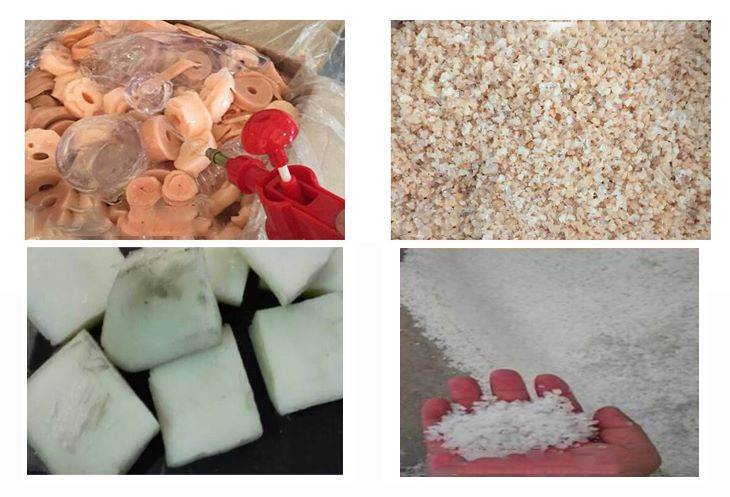
By maintaining a low-temperature environment, this method ensures that the integrity of heat-sensitive materials is preserved throughout the pulverization process. The use of deep-cooled air not only prevents thermal degradation but also enhances the efficiency of the crushing operation by reducing the material's viscosity and brittleness, thereby facilitating easier and finer particle size reduction.
The system components for this process typically include an air cooler or liquid nitrogen supply, along with the standard equipment found in other pulverization processes such as air flow pulverizers, cyclone collectors, and dust collectors. This combination of specialized cooling mechanisms and traditional pulverization equipment allows for the effective handling of materials that would otherwise be compromised by higher temperatures.
Inert Gas Air Pulverization Process
The inert gas air pulverization process is a specialized method designed for ultrafine crushing, particularly suitable for materials that are sensitive to oxidation or moisture. This process involves several key components: a gas compressor, a gas storage tank, a silo, an air flow pulverizer, a cyclone separator, and a dust collector. These elements work in concert to ensure efficient and precise material pulverization.
One of the distinctive features of this process is the use of inert gases as the pulverizing medium. Commonly employed inert gases include nitrogen, helium, argon, and carbon dioxide. These gases are selected for their ability to create an oxygen-free environment, which is crucial for preserving the integrity of heat-sensitive or chemically reactive materials. For instance, nitrogen is often preferred in industries where materials prone to oxidation need to be processed without degradation.
The gas compressor is pivotal in this setup, as it pressurizes the inert gas, ensuring a consistent flow to the pulverizer. The gas storage tank then acts as a reservoir, maintaining a steady supply of the compressed gas. The silo, on the other hand, holds the raw material, facilitating its controlled feeding into the pulverization system.
The air flow pulverizer is where the actual crushing takes place. It leverages the high-speed flow of inert gas to impact and break down the material into ultrafine particles. This method ensures that the particles are uniformly sized, which is essential for many industrial applications.
Post-pulverization, the cyclone separator and dust collector play critical roles in the process. The cyclone separator removes larger particles, while the dust collector captures any remaining fine particles, ensuring a clean and efficient operation. Together, these components form a comprehensive system that not only enhances the quality of the final product but also ensures operational safety and environmental compliance.
Superheated Steam Airflow Pulverization Process
The superheated steam airflow pulverization process leverages superheated steam as the primary crushing medium. This method ensures that the steam remains in its superheated state throughout the entire crushing, grading, and collection system. By maintaining this state, the process effectively facilitates the ultra-micro-processing of materials.
The use of superheated steam offers several advantages. Firstly, it provides a consistent and controlled environment for the pulverization process, which is crucial for achieving the desired particle size and consistency. Secondly, the superheated state of the steam helps in reducing moisture content, which is particularly beneficial for materials that are sensitive to humidity or require a dry final product.
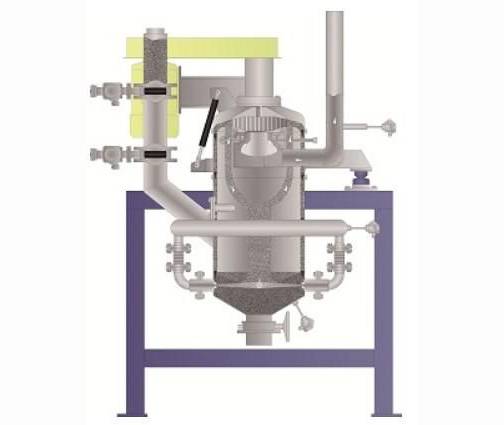
Additionally, this process can be integrated with advanced control systems to monitor and adjust the temperature and pressure of the steam in real-time. This ensures optimal performance and minimizes energy consumption, making it a cost-effective solution for ultrafine crushing.
In summary, the superheated steam airflow pulverization process is a sophisticated method that combines the benefits of superheated steam with advanced control technologies to deliver precise and efficient ultra-micro-processing of materials.
Mechanical Impact Mill Ultrafine Crushing Process
The mechanical impact ultrafine grinding mill employs a variety of configurations to achieve ultra-fine crushing, including open-circuit crushing, closed-circuit crushing, and a combination of open-circuit crushing with classification. Each configuration serves specific purposes and optimizes the crushing process for different materials and production requirements.
-
Open-Circuit Crushing: This configuration allows for continuous feeding and discharging of materials without the need for intermediate classification. It is particularly suitable for materials that do not require strict particle size control.
-
Closed-Circuit Crushing: In this setup, the crushed material is cycled back through the mill until it meets the desired particle size. This method ensures a more uniform and finer end product, making it ideal for applications requiring high precision.
-
Open-Circuit Crushing with Classification: This hybrid approach combines the benefits of both open-circuit and closed-circuit systems. It involves initial open-circuit crushing followed by a classification step to separate the desired particle size from the rest. This configuration offers flexibility and efficiency, allowing for adjustments based on the specific needs of the material being processed.
These configurations not only enhance the efficiency and precision of the ultrafine crushing process but also adapt to various industrial applications, making the mechanical impact mill a versatile tool in the realm of dry ultrafine crushing.
Ball Mill Ultrafine Crushing Process
The ball mill, as one of the oldest and most reliable crushing equipment, has evolved significantly over the years. Modern configurations now incorporate advanced fine classifiers, enabling the production of ultrafine powders with particle sizes ranging from d97 = 5-40μm. This process is particularly advantageous due to its large output and low energy consumption.
To achieve such fine particle sizes, the ball mill operates in conjunction with a fine classifier, which ensures that only the desired particle size distribution is collected. This integrated system not only enhances the efficiency of the crushing process but also reduces operational costs. The combination of traditional mechanical crushing with modern classification technology results in a versatile and cost-effective solution for ultrafine powder production.
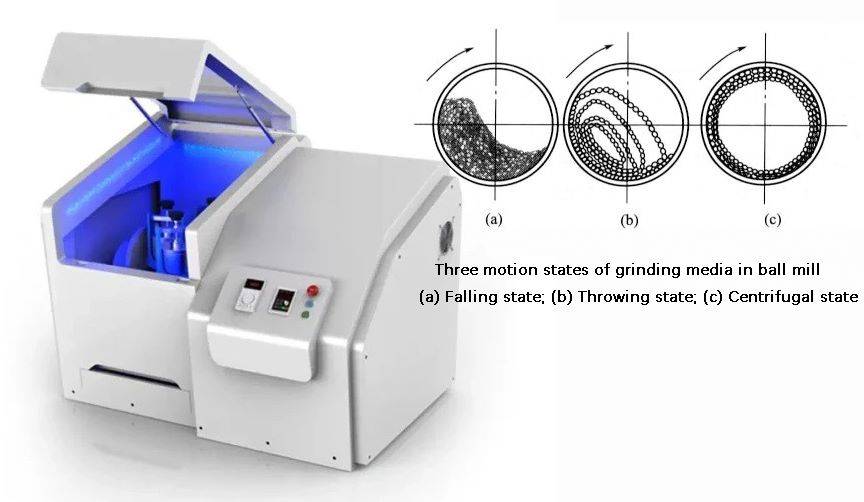
Moreover, the ball mill's ability to handle a wide range of materials, from hard minerals to soft organic compounds, makes it a preferred choice in various industrial applications. Its robust design and simple operation further contribute to its widespread adoption in the production of ultrafine powders.
Stirring Mill Ultrafine Crushing Process
In industrial production, the dry stirred mill ultrafine crushing process is characterized by its versatility and efficiency. This process primarily encompasses two distinct operational modes: continuous closed circuit and intermittent open circuit.
The continuous closed circuit mode is designed for high-throughput applications where material is continuously fed into the system, processed, and then cycled back through for further refinement until the desired particle size is achieved. This method ensures a steady flow of material, minimizing downtime and maximizing productivity.
In contrast, the intermittent open circuit mode is ideal for batch processing or when precise control over the crushing process is required. This mode allows for intermittent feeding and processing, providing flexibility in handling materials that require careful monitoring and adjustment during the crushing cycle.
| Mode | Description | Application |
|---|---|---|
| Continuous Closed Circuit | Continuous material flow with recycling for refinement | High-throughput, steady production |
| Intermittent Open Circuit | Batch processing with controlled feeding and processing | Precise control, flexible handling |
Both modes offer unique advantages, catering to different production needs and material characteristics, thereby enhancing the overall efficiency and adaptability of the stirred mill ultrafine crushing process.
Vibrating Mill Ultrafine Crushing Process
The vibrating mill ultrafine crushing process is a specialized method designed for reducing brittle and fibrous materials to a high degree of fineness. This process leverages the unique properties of vibrating mills, which employ exchangeable grinding barrels to facilitate the size reduction. The core mechanism involves the use of impact and friction within two vibrating grinding barrels, both of which are filled with freely moving grinding balls.
The process begins with the introduction of the material through a feeder, which ensures a consistent and controlled feed rate into the buffer bin. From there, the material is transferred to the vibrating mill, where the actual size reduction occurs. The vibrating mill operates by oscillating the grinding barrels at high frequencies, causing the grinding balls to impact and rub against the material, thereby breaking it down into finer particles.
Following the grinding stage, the material is passed through a classifier, which separates the particles based on their size. This step is crucial for achieving the desired fineness and ensuring that only the appropriately sized particles proceed to the next stage. The classified material then enters a cyclone collector, which uses centrifugal force to separate the fine particles from the air stream. Finally, a bag dust collector is employed to capture any remaining fine particles, ensuring a clean and efficient process.
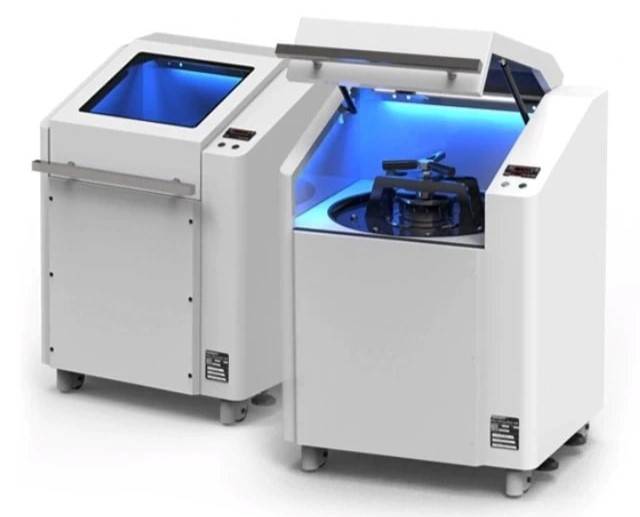
This dry ultrafine crushing process is particularly advantageous due to its simplicity and efficiency, making it a popular choice in various industrial applications.
High Pressure Roller Mill Ultrafine Crushing Process
The high-pressure roller mill dry continuous ultra-fine crushing process is a sophisticated method designed to achieve fine particle sizes with high efficiency. This process is primarily composed of several key components, each playing a crucial role in the overall operation.
Firstly, the air compressor is essential for generating the necessary air pressure to facilitate the movement of materials through the system. The high-pressure roller mill itself is the core of this process, utilizing the high pressure between two counter-rotating rollers to crush the material into ultra-fine particles. This equipment is designed to handle continuous operation, making it suitable for industrial-scale production.
Following the high-pressure roller mill, the disperser is used to evenly distribute the crushed material, ensuring that all particles receive the same treatment. This step is vital for maintaining the consistency of the final product. The ultra-fine classifier then separates the particles based on their size, allowing for precise control over the final particle size distribution.
This process is particularly advantageous for materials that require fine grinding without the need for additional dewatering or drying steps, thereby simplifying the overall production workflow. The combination of these components ensures a streamlined and efficient ultra-fine crushing process, making it a preferred method in various industrial applications.
Raymond Mill Ultrafine Crushing Process
In the realm of ultrafine crushing, Raymond mills have carved out a significant niche. These mills, which are a type of improved suspension type disk mill, are available in various forms such as tie rod mills and vertical roller mills. The versatility of Raymond mills is further enhanced by the integration of a fine classifier, which allows them to produce ultra-fine powders with remarkable efficiency.
Raymond mills operate on a principle that combines mechanical grinding with air classification. The raw material is fed into the grinding chamber where it is subjected to intense mechanical forces, reducing it to a fine powder. This powder is then carried by a stream of air through the classifier, which separates the fine particles from the coarse ones. The fine particles are collected as the final product, while the coarse particles are recycled back into the grinding chamber for further processing.
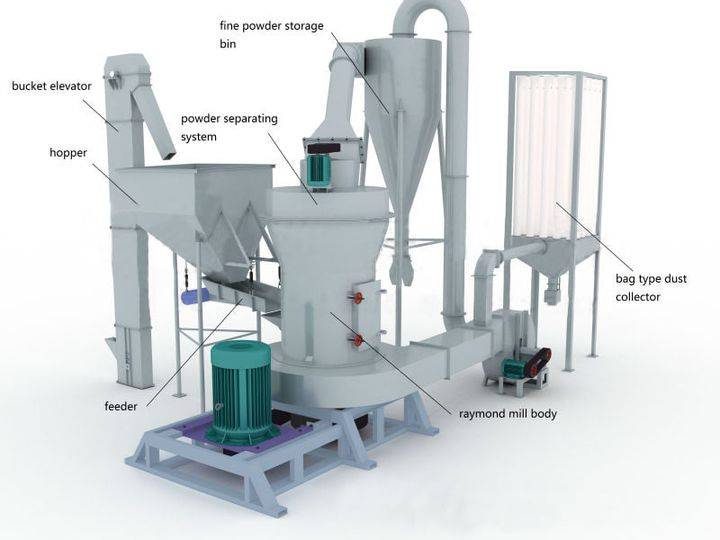
The integration of a fine classifier in Raymond mills is a game-changer. It not only enhances the efficiency of the grinding process but also allows for precise control over the particle size distribution of the final product. This makes Raymond mills an ideal choice for industries requiring ultra-fine powders with consistent quality and particle size.
In summary, Raymond mills, with their advanced grinding mechanisms and integrated fine classifiers, are a robust solution for the production of ultra-fine powders. Their ability to handle a variety of materials and produce high-quality powders makes them a valuable asset in the ultrafine crushing industry.
Related Products
- Liquid Nitrogen Cryogenic Grinder Mill Cryomill Airflow Ultrafine Pulverizer
- Powerful Plastic Crusher Machine
- Mini Planetary Ball Mill Machine for Laboratory Milling
- High Energy Planetary Ball Mill Machine for Laboratory Horizontal Tank Type
- Twin Screw Extruder Plastic Granulation Machine

